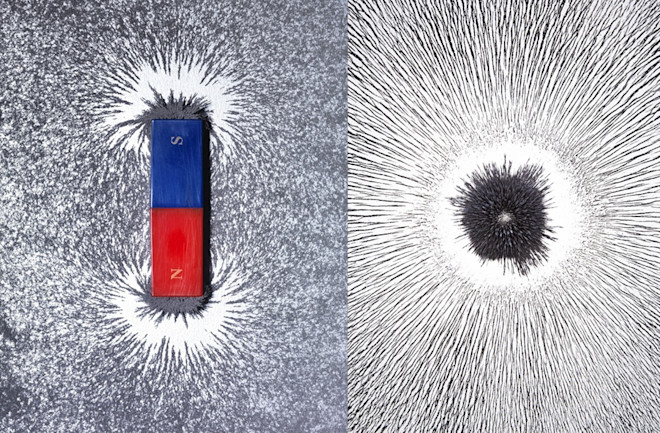As a child, James Pinfold adored magnets. He recalls marveling at the invisible force that clacked the metallic objects together or hurled them apart. Out of curiosity, he once sawed a bar magnet in half, trying to separate its north and south poles. Like anyone else who’s ever made the attempt, Pinfold instead just ended up with a pair of smaller two-poled magnets. “I thought, ‘That’s amazing,’ ” says Pinfold, now a physicist at the University of Alberta. “Why could there not be separate poles?”
It’s a question he’s never stopped asking. Pinfold is now the leader of an experiment looking for theoretical particles with single magnetic charges — a north without a south, and vice versa. Called magnetic monopoles, they seem perfectly possible, even inevitable, in a host of theories physicists have proposed for unifying nature’s fundamental forces.
Yet the pesky particles have eluded science’s grasp for decades. Researchers have looked to the skies, in seawater and in ice for them. They’ve picked through rock samples from the Arctic and Antarctica, searched in meteorites and moon dust, and sought traces of them in ores dating back nearly a billion years. In the history of science, arguably nothing has been searched for more, through both space and time, than the magnetic monopole. And still, nothing.
But physicists have no intention of throwing in the towel. Pinfold’s experiment, at the $4 billion Large Hadron Collider (LHC), is sifting through subatomic shrapnel for monopolar signatures, and scientists are also keeping their eyes peeled for cosmic monopoles falling from space. There’s even a chance we’ve already spotted the darn things.

